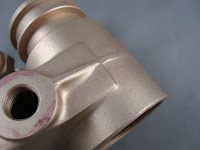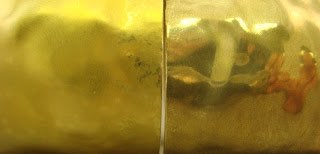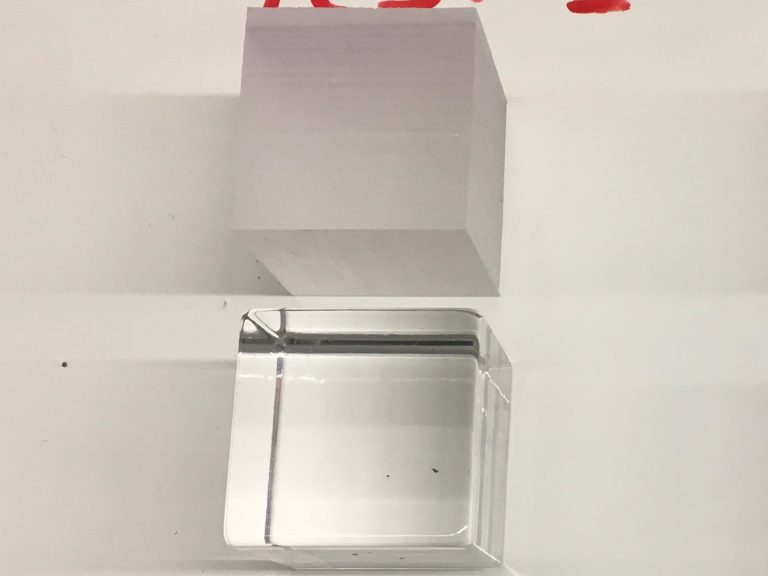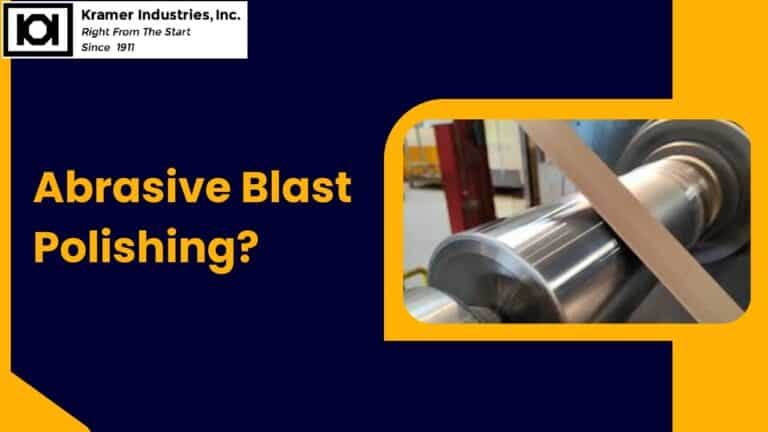Tumble Blasting Brass
Brass is one of those metals that always seems to live two lives. In its polished form, it shines warm and golden. As it ages, it darkens quite a bit, it gathers scale, and it becomes coated with the marks of water and air. Yet, the original glow can be brought back to life. This is where the tumble blasting brass comes into the picture. It is not just a cleaning step. It is a way of reminding brass of its own brilliance.
Why Tumble Blasting Brass Matters
Service companies that repair equipment often face one major problem: how to clean old brass fittings before reassembly. When brass fittings and parts are exposed to hot water, salts and minerals creep onto the surface and leave stubborn layers of scale. Wiping or brushing rarely touches this buildup. What is needed is a force both gentle and decisive, and that is abrasive blasting. Among the various techniques, tumble blasting brass offers a remarkable balance of power and efficiency. It allows many parts to be cleaned at once, delivering consistent results with less labor.
How the Process Works
Tumble blasting works by placing brass parts into a rotating chamber. Inside, media such as coarse glass beads are blasted against the parts under controlled pressure. The tumbling action ensures every angle and edge of each part receives equal treatment.
In one recorded process, brass parts weighing up to three pounds each were blasted with coarse glass beads for only twenty minutes at 80 psi. Each turn of the drum ensured that every side of each part met the abrasive, leaving no hidden corner untouched. The outcome? Surfaces that looked nearly new—clean, bright, and free from heavy deposits.
This ability to restore many pieces together makes tumble blasting brass not only efficient but is cost-effective. In the time that each part is handled individually, dozens or even hundreds can be finished in the same time. If you have parts that are tough enough to endure the tumbling action without bending or cracking, tumble blasting brass works effectively.
The Advantages of Tumble Blasting Brass
There are many benefits to using this process, and each tells its own story:
Efficiency in bulk: Multiple brass parts can be blasted together, saving both time and effort.
Even cleaning: The tumbling motion ensures scale and deposits are removed evenly from all surfaces.
Brighter finish: Brass emerges from the process refreshed, with a clean surface that often shines.
Reduced labor: Workers spend less time on individual cleaning, lowering overall costs.
Consistency: Every part looks similar, which is crucial when reassembling equipment.
Simply put, tumble blasting brass gives companies a way to prepare used equipment for reassembly without delay and without compromise.
Beyond Just Water Fittings
While the example above highlights brass used in hot water systems, the process applies far more widely. Tumble blasting brass is suitable for automotive parts, plumbing components, musical instruments, marine fittings, and decorative pieces that have tarnished over time. Brass hardware in historic restorations can also benefit, as the process reveals the original surface without aggressive grinding or chemical stripping.
Each application has its own requirements. For heavy industrial use, coarse glass beads might be quite the right abrasive. For more delicate parts, a softer medium may help preserve surface details. Pressure, duration, and media type can all be adjusted. This makes tumble blasting adaptable to different goals.
Industries That Depend on Tumble Blasting Brass
Equipment Repair Services – Bringing old machinery back to life often begins with restoring brass parts.
Plumbing and Heating – Hot water fittings are frequent candidates for blasting.
Manufacturers – Production lines benefit from clean, scale-free brass components.
Antique and Restoration Work – Brass fixtures in furniture or architectural pieces regain their luster.
Tumble Blasting Brass vs. Other Cleaning Methods
Chemical cleaners can sometimes remove scale, but they often leave residues, odors, or environmental hazards. Manual brushing works for small jobs, but uniform results are hard to find. Though hand polishing creates shine, it cannot reach into grooves or complex fittings. Compared with these methods, tumble blasting brass offers a controlled and mechanical solution. It reduces reliance on harsh chemicals while delivering cleaner results in less time.
A Modern Answer with Old Roots
The technique of blasting metals is not new. What makes tumble blasting brass modern is its ability to combine tradition with efficiency. The tumbling chamber itself is an innovation that multiplies output without sacrificing quality. Each piece is treated equally, and the results speak for themselves: brass parts that look as though they have skipped years of wear.
FAQs
- What is tumble blasting brass?
It is the cleaning of brass parts in a tumbling chamber with the help of abrasives for a bright, refreshed finish.
- Which abrasive media works best for tumble blasting brass?
Coarse glass beads are commonly used. Softer media may be selected for delicate or decorative brass items.
- What abrasive media works best for tumble blasting brass?
Coarse glass beads are common for brightness, but other media can be chosen for heavier or more delicate finishes.
- Can large brass parts be tumble blasted?
Small to medium parts are best. Very large parts are usually blasted individually.
- Where is tumble blasting brass most often used?
It is used in plumbing, automotive, marine, musical instruments, decorative hardware, and restoration projects.
Ready to Restore Brass with Confidence?
Tumble blasting brass is an efficient brass renewal process in simple terms. This method brings back the efficiency, beauty, and reliability of your brass components.
👉 For professional advice and reliable blasting equipment, reach out to Kramer Industries today. We have quality media and know the art and science behind blasting, and we can help you achieve the results you need.





